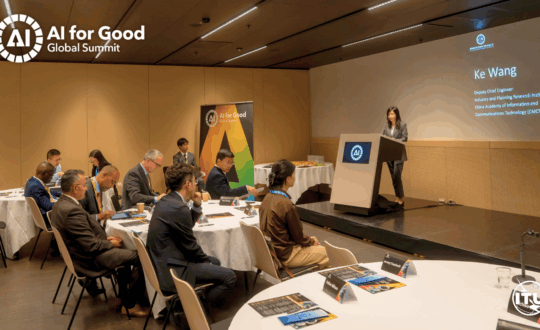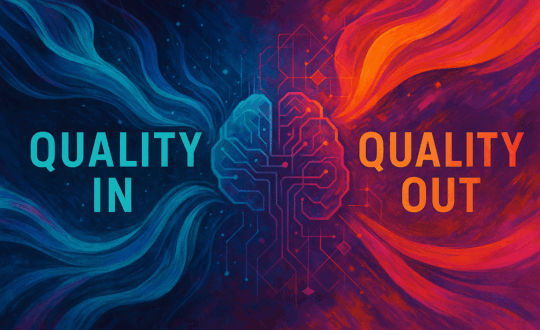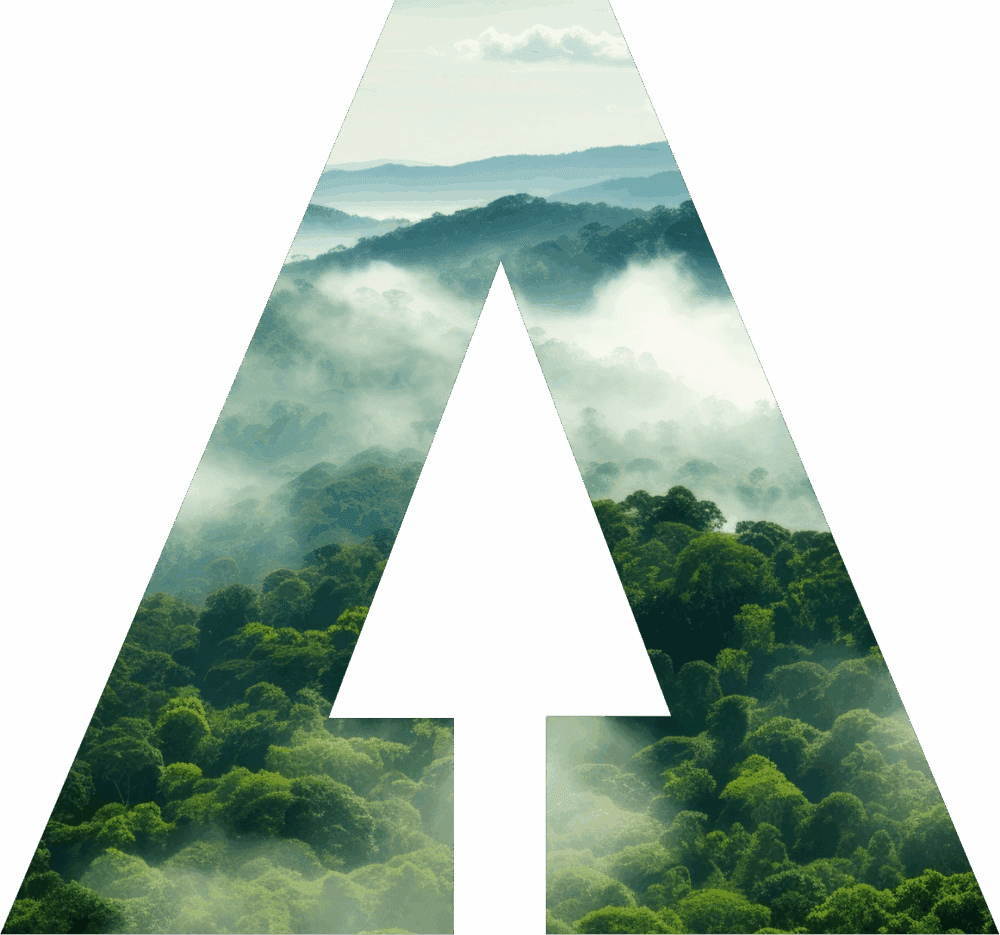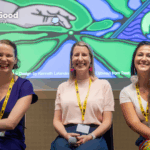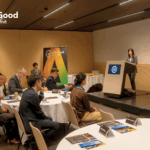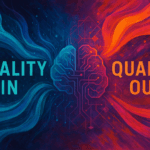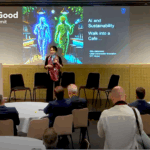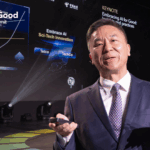Since 2024, the Robotics for Good Youth Challenge has provided a global platform for young innovators to design and build robots capable of supporting life-saving efforts in high-risk emergency situations. With participation from over 40 countries, more than 7,500 youth, and 1,200 teams, the Challenge continues to inspire the next generation of problem-solvers.
In March 2025, Ethiopia joined this global movement with a national event organized in partnership with Seattle Academy Ethiopia (for the senior category). Two outstanding teams, one in the Junior Category and one in the Senior Category, captured attention not only for their technical skill but also for their heartfelt commitment to using robotics to create real-world impact.
Junior Category: RoboKai from Addis Ababa
In the junior category, one team from Addis Ababa captured the attention with their clarity of purpose and inventive spirit. Known as RoboKai, this group of six students from Diamond Academy and other local schools quickly distinguished themselves through focus, creativity, and an unshakable belief in the power of robotics to do good.
“We are RoboKai, a team of six passionate students from Addis Ababa who believe in using robotics to solve critical challenges,” the team shared. “Competing in the 2025 Robotics for Good Youth Challenge has inspired us to turn creativity into impact.”
Under the mentorship of Noah Getachew Birhanemeskel, the students combined their diverse talents in programming, building, design, and communication to bring their rescue robot to life.
“Our focus this year is building a robot that simulates rescue efforts during emergencies. Through collaboration, trials, and late-night test sessions, we built a compact robot capable of identifying and transporting injured individuals (represented by blocks) to safety. The experience taught us how to turn ideas into functional machines that reflect both compassion and engineering.”
Their robot operates with a clear sense of strategy and impact. “Our robot simulates rescue tasks by identifying, picking up, and transporting red and green blocks that represent people in need.”
From their earliest version to the current iteration, the robot underwent major improvements. As the team highlighted, the initial prototype whilst being fast was unreliable. A key marker was the prototype “struggling with alignment and handline uneven surfaces.” Throughout their process, the team made improvements through the reduction of robot’s size, fine-tuning motor speed, upgrading the claw for better grip, and improving turning precision. “Each update made it more consistent and easier to control.”
But a good design needs an effective game plan, and RoboKai’s strategy has been effective. Their robot is programme to follow a clear and optimized path that avoids obstacles and saves valuable time. For RoboKai “this strategy has allowed us to perform well, and we are continuing to refine it to achieve even better results in future rounds.”
Their programming approach is modular and methodical, programming this robot using LEGO Mindstorms Blocky, creating a set of modular instructions for each task—pickup, turn, align, and drop. The code developed uses timing, motor degrees, and gyro readings to make each movement precise. Together as a team, they worked to test, debug, and optimize performance. With an average score of 130 points, they remain focused on improving consistency and accuracy with each run. The team aims to build on their current progress by refining both strategy and execution.
Looking to the future, the team has their sights set on expanding the robot’s intelligence by exploring AI. “We want to integrate machine learning and computer vision to allow the robot to make real-time decisions and adapt to changing environments. This would make it smarter and more useful in complex situations.”
“RoboKai is more than just a robotics team. We’re a group of learners who care deeply about access to STEM education. We aim to inspire youth from all backgrounds to explore science and technology. Whether it’s through mentoring, community demos, or open conversations, we want to show others what’s possible when passion meets opportunity.”
From technical challenges to teamwork, every part of their journey has deepened their resolve. “We’ve faced challenges, but every obstacle has made us stronger. We’re proud to represent Ethiopia on a global stage and determined to keep growing.”
Their project responds directly to critical global needs in emergency response and healthcare access. The team designed their robot to simulate the rescue of injured individuals, demonstrating how technology can be leveraged to save lives in high-risk environments. By automating rescue tasks, the robot helps reduce response times, minimize risks to human responders, and support medical teams in reaching those in urgent need more quickly and efficiently. Beyond its technical capabilities, the project also aims to raise awareness of how innovation can play a vital role in improving healthcare access and strengthening emergency support systems, particularly in regions with limited resources.
Their message to the world? “You don’t need superpowers to save lives — just a robot and a mission.”
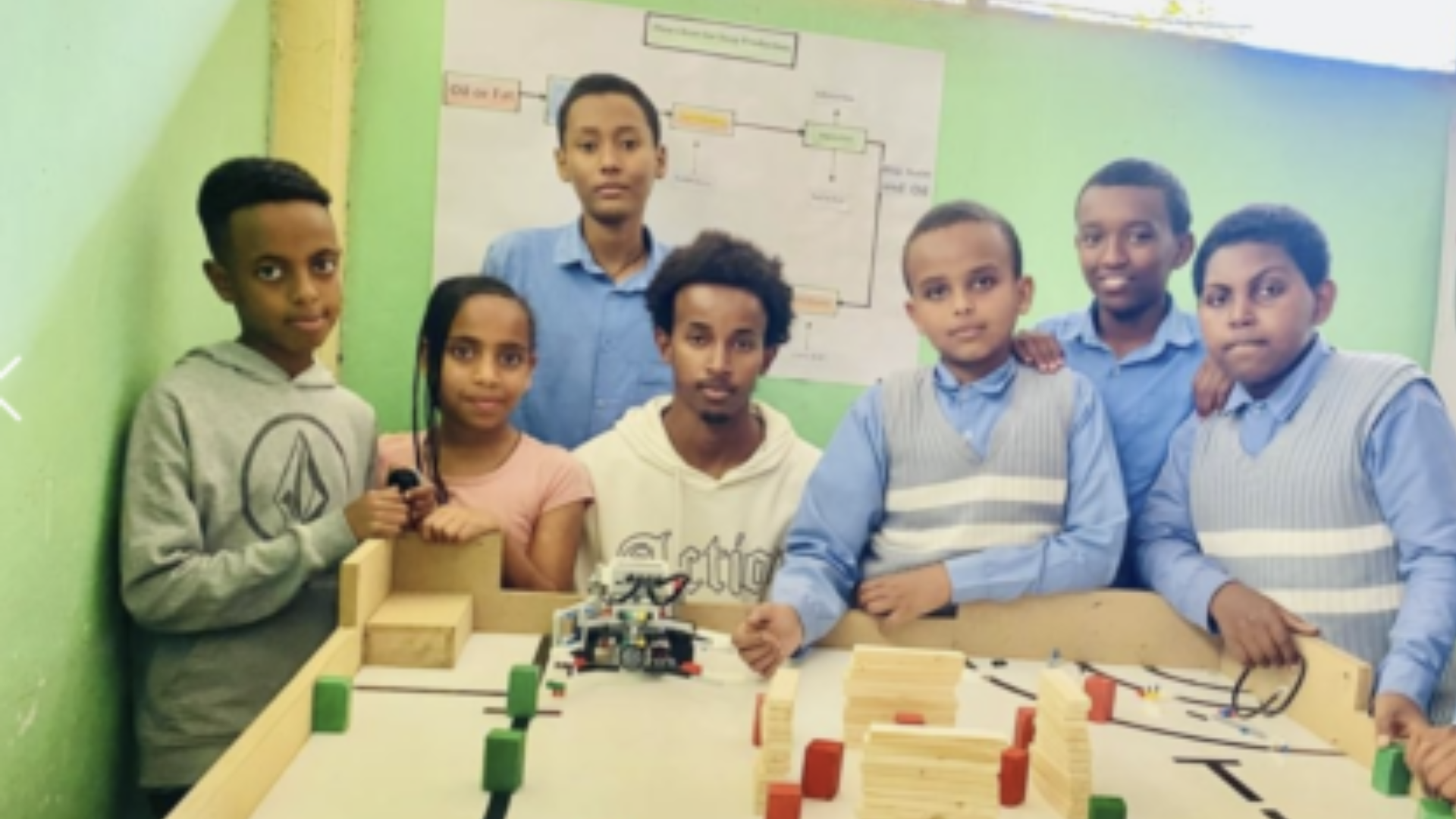
Junior Category: RoboKai from Addis Ababa
Senior Category: Digital Spartans from Seattle Academy
Meanwhile, in the Senior division, the Digital Spartans, a team of eight students from Seattle Academy in Addis Ababa, delivered a technically advanced and socially driven project under the guidance of mentor Dagmawi Girum Zewede from First Robotics Ethiopia. Their story is one of precision engineering, practical problem-solving, and a commitment to using technology to support communities in need.
“Building robots today to solve tomorrow’s challenges—where tech and education empower youth to innovate for a sustainable world,” the team declared.
The Digital Spartans are passionate about using robotics to address real-world issues in disaster response and equitable access to education and healthcare. Their robot simulates the delivery of medical and refugee aid, represented by red and green wooden blocks, to hospitals and refugee centers. Their efforts are not only technical but deeply rooted in a desire to promote sustainable development and community empowerment.
Using the REV Robotics Kit, their robot operates with two motors for movement based on encoder counts and two servos to control the claw and lifter. The team achieved a high score of 144 points, with an average score of 120 across multiple rounds.
Initially, their robot was large and struggled with performance due to issues with balance and stability. Through collaborative redesign, they improved the structure, focused on precision, and enhanced control. Smooth servo motion, accurate rotations, and fine-tuned timing enabled them to reduce errors and increase scoring reliability.
The robot currently functions without sensors, relying instead on precise programming through encoder counts and servo positions. The code was developed in Java using the Android Studio IDE, built around the REV Robotics Control Hub. Movements are programmed to execute autonomously, and the team used careful calibration to ensure smooth transitions and accurate claw and lifter operation.
Their game strategy focuses on completing the most valuable tasks first, such as transporting red blocks to hospital zones. While occasional timing and placement errors challenged consistency, the team continues to refine their code and execution.
Although the robot does not yet use artificial intelligence, the Digital Spartans plan to explore AI and computer vision technologies in the future to allow for more intelligent navigation and adaptability.
Led by team captain Meron Yalew Delelegn and spokesperson Fereweyni Belayneh Gebresilase, the team also includes Hiyab Debash Berehe, programmers Abel Dereje Ababu and Henos Eyob Gebremichael, builder Rebira Tadele Hunde, technician Dawit Wubshet Jegine, and Yilkal Getu Mengsha. Their mentor, Dagmawi Girum Zewede, has been a driving force in their development and commitment to excellence.
Beyond the competition, the Digital Spartans are committed to inspiring other youth to pursue STEM, particularly in disadvantaged communities where access to quality education remains limited. They believe every child has the right to explore the wonders of science and technology, regardless of background.
The Digital Spartans are not just building a robot; they are building a future where innovation, compassion, and education come together to address the world’s greatest challenges. Their project reflects a deep belief in the power of youth-driven technology to create a more sustainable and equitable world.
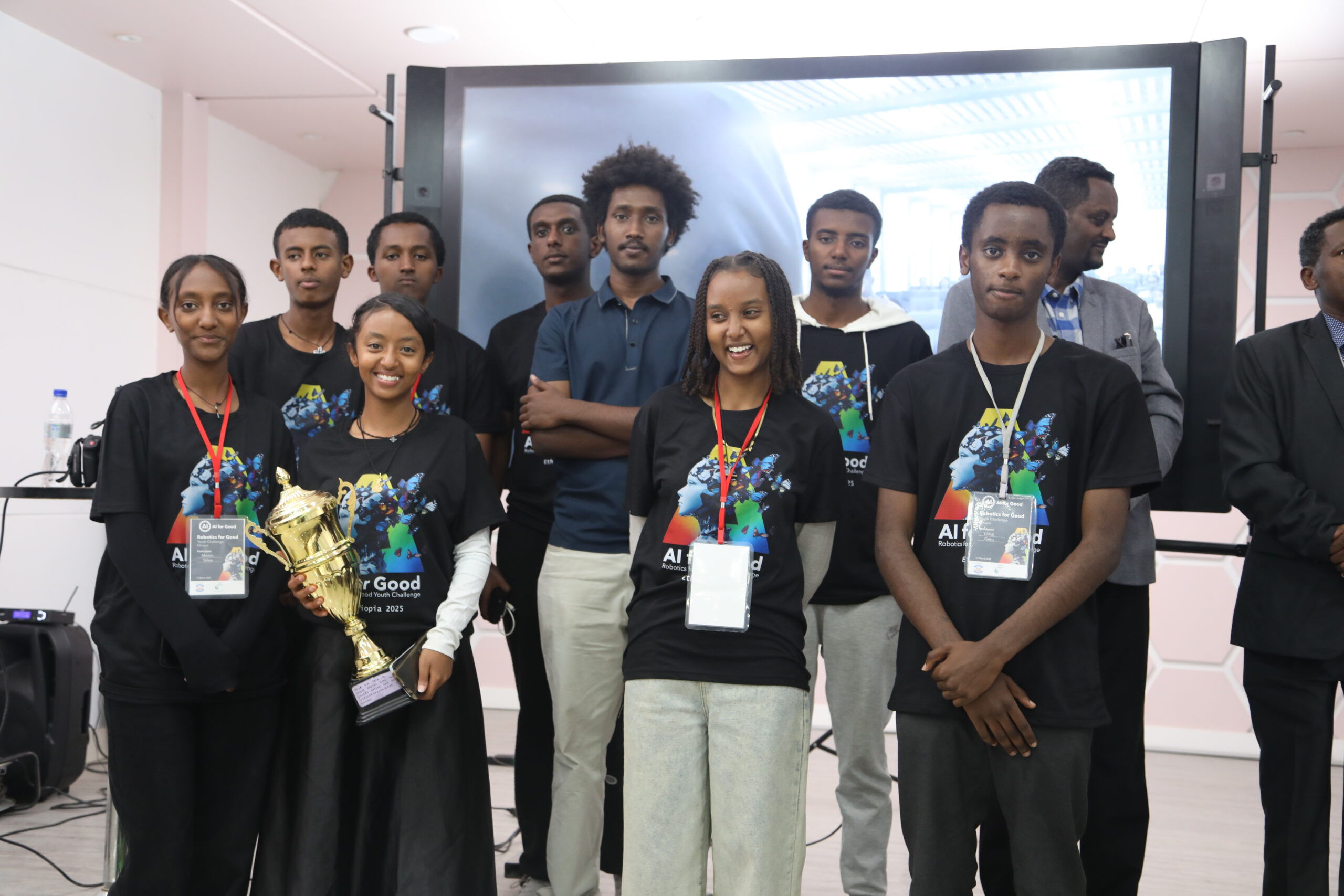
Senior Category: Digital Spartans from Seattle Academy
The Road Ahead
And now, the journey continues for both Ethiopian teams. As national finalists, RoboKai (junior category) and the Digital Spartans (senior category) will travel to the AI for Good Global Summit in Geneva, Switzerland, from 8 to 11 July 2025, where they will proudly showcase their projects in the grand finale of the Robotics for Good Youth Challenge. Their passion, ingenuity, and commitment to using technology for good will take center stage on a global platform.





